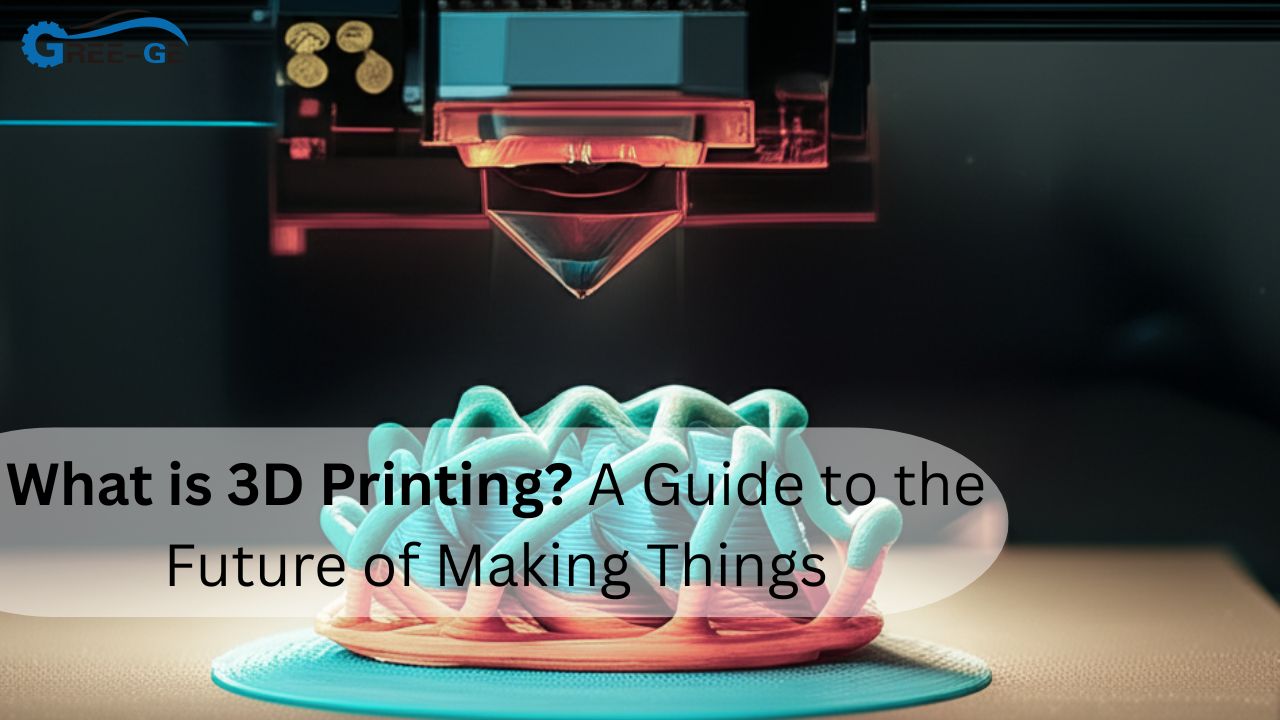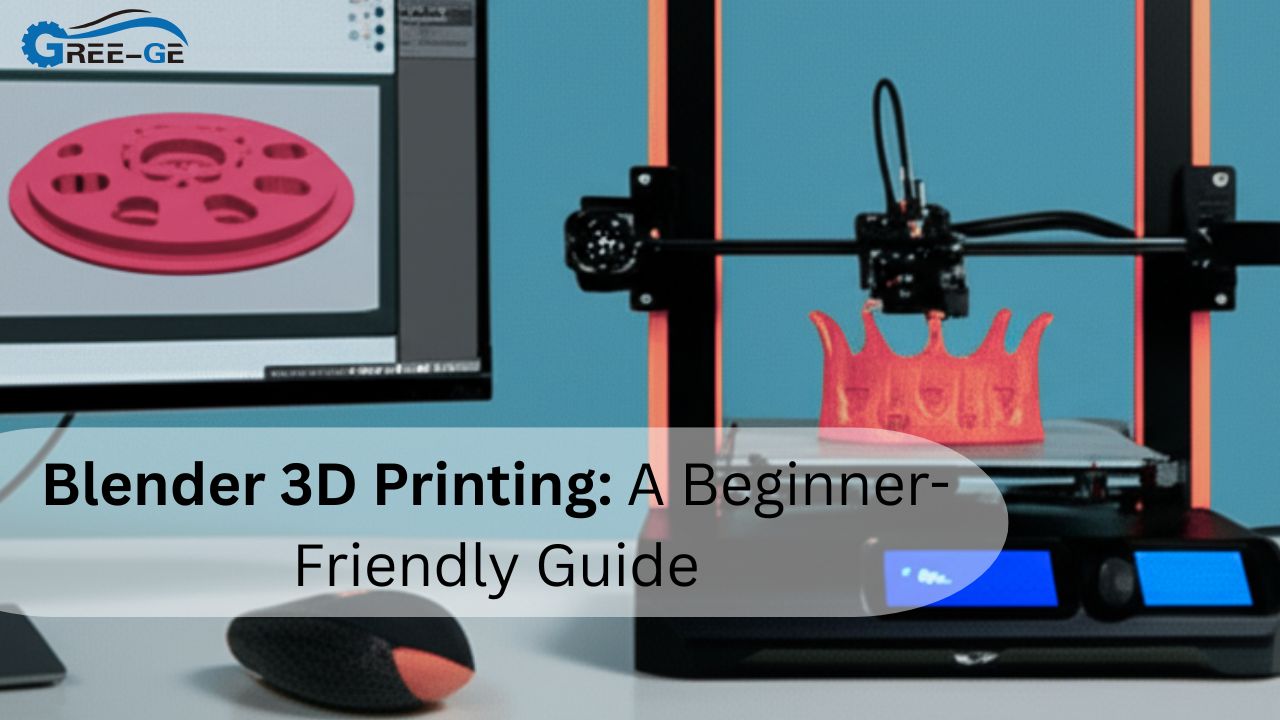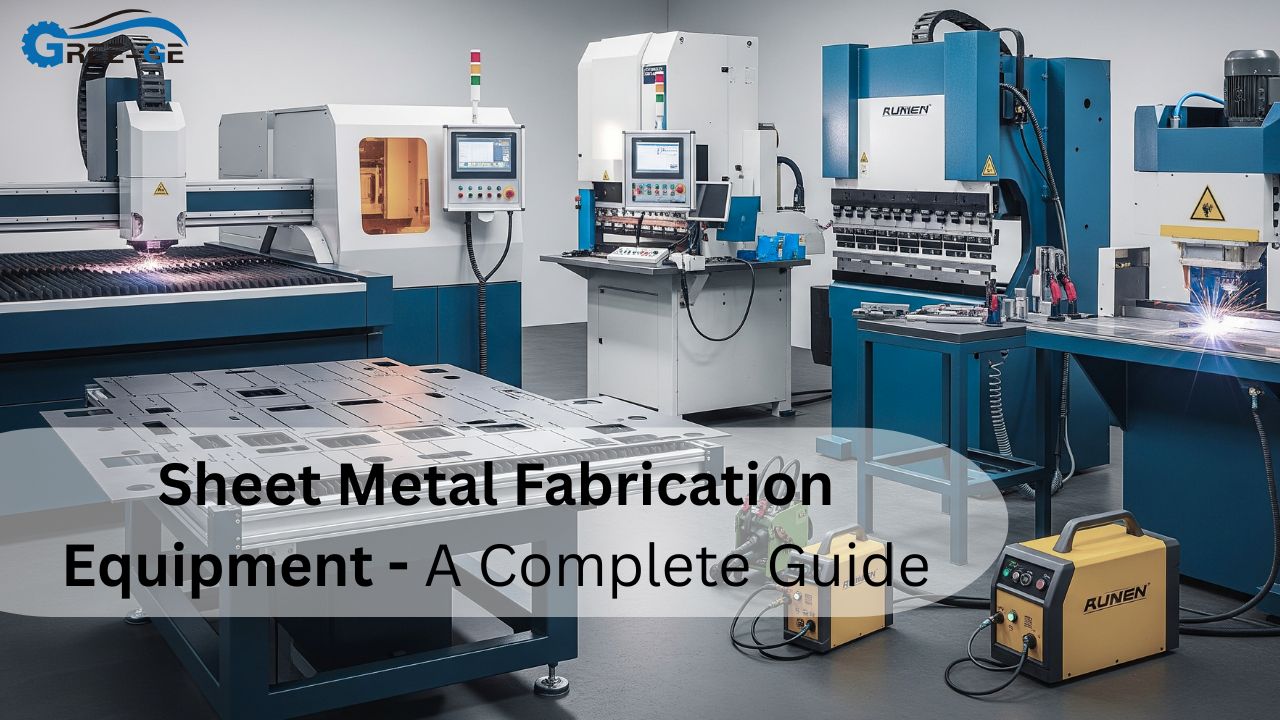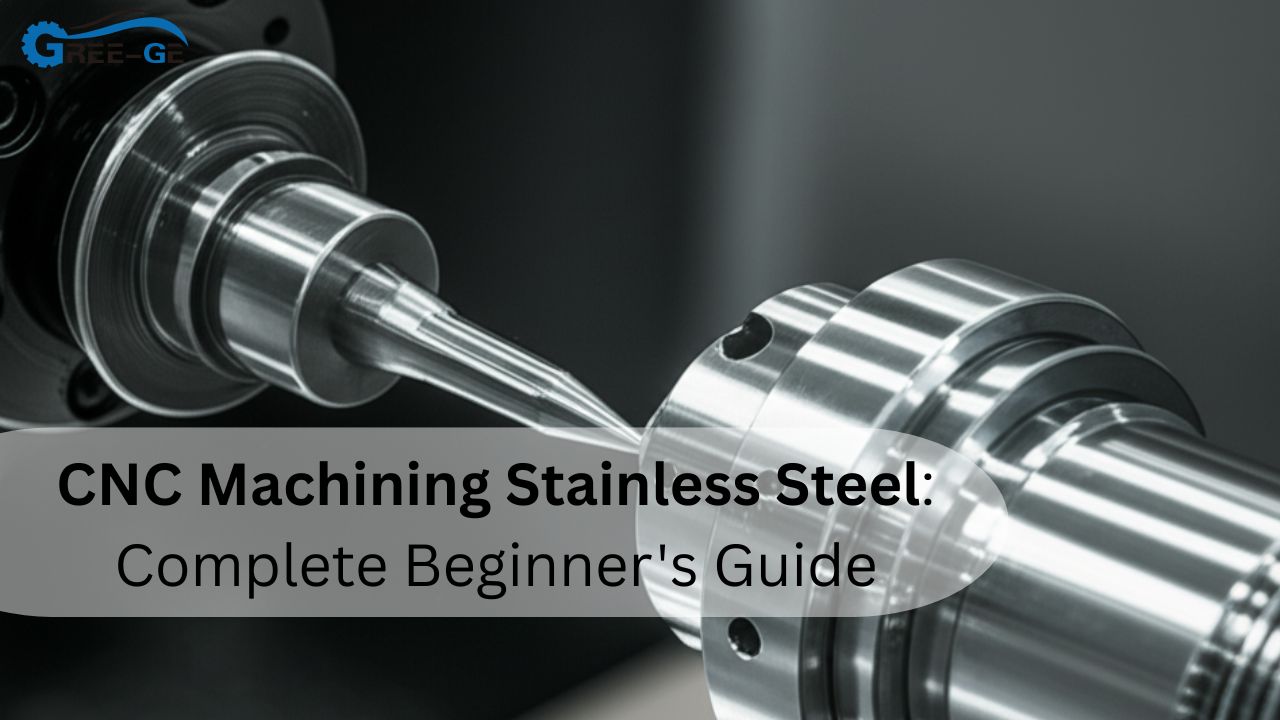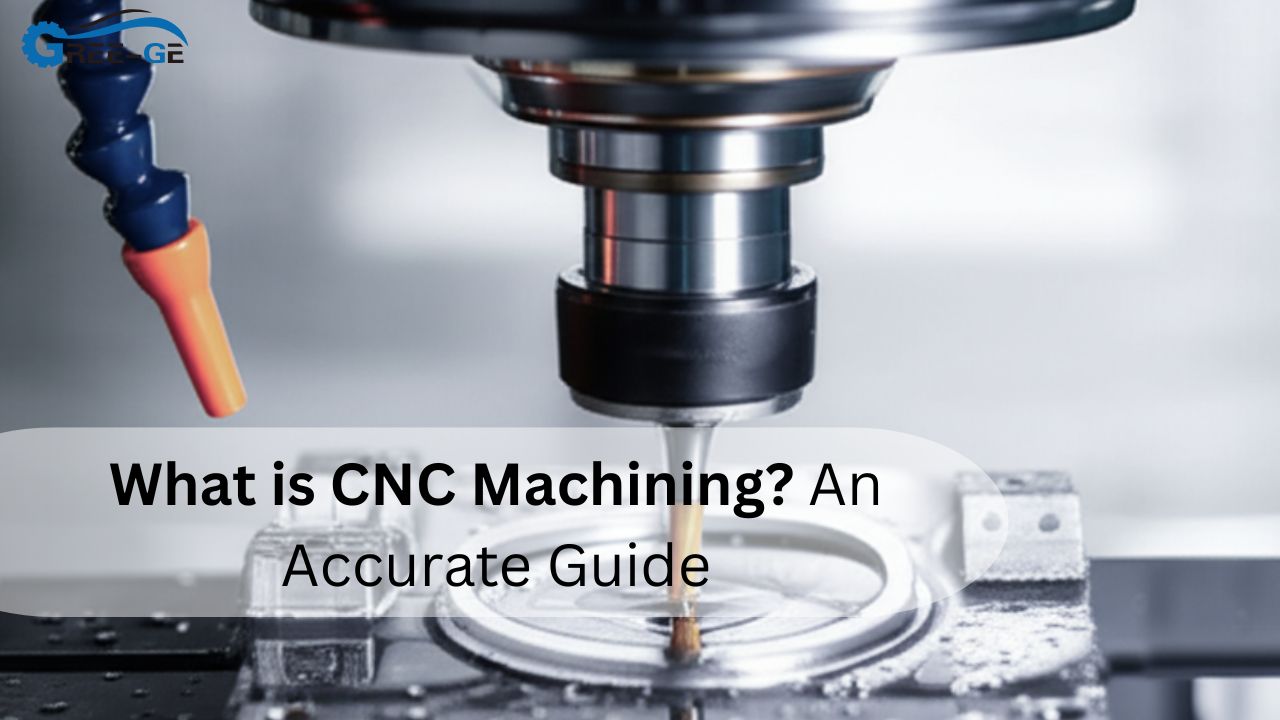Buying an i2r 8 CNC machine feels like getting a power tool and a math test in the same box. The spec sheet promises ±0.15 mm (-.00589″) positional accuracy, but you wonder, “Will my parts actually hit that?” Whether you’re carving signs or tweaking tight parts, you need trusted numbers, not marketing shine. Real-world accuracy of an i2r 8 CNC machine depends on:
- Clean ball-screw calibration
- Proper fixturing and tool length offsets
- Reasonable feeds, speeds, and chip loads
- Warm-up routines that fight backlash
- Smart code—no sloppy zero-points
In the next pages, we’ll compare factory stats with shop-floor tests, tackle hidden challenges in CNC machining, show how G codes and M codes fine-tune results, and share tips from prototype CNC machining and even micro-CNC machining experiments.
i2r 8 CNC Machine: Accuracy Versus Precision
Accuracy tells you how close the i2r 8 CNC machine lands to the true coordinate, while precision tells you how tightly it repeats that landing spot. Think darts: hit the bull once—accurate. Cluster darts in one tiny patch—precise. You really want both. Specs quote ±0.15 mm accuracy and matching repeatability—excellent for wood, plastics, and light aluminum. Yet ambient heat, end-mill runout, and vise squish shift the bullseye in daily work. To see true capability, you must measure multiple cuts, crunch numbers, and correct offsets. That journey starts with three pillars: controller setup, machine warm-up, and fixturing. Master each, and the darts find center nearly every time.
Controller Setup And Backlash Compensation
Fresh from the crate, the controller holds default backlash values. A quick dial indicator test—jogging 0.020″ back and forth—reveals any slop. Enter that value, and the i2r 8 CNC machine automatically overshoots, then sneaks to the target. Do this on all axes before your first project.
Thermal Warm-Up Routines
Cold grease drags ball screws. A simple G-code loop (G00 X0 Y0 Z5 …) at 40 % rapid for ten minutes raises bearings to steady temp, shrinking positional drift. Small habit, big payoff, especially in prototype CNC machining marathons.
Fixturing And Probe Use
Even the best table can’t rescue a wobbly clamp. Use a dial-test indicator to square your vise within 0.02 mm. Add a touch-probe cycle—G31—to set work zeros. Accurate probing turns setup repeatability into child’s play, moving you closer to micro-CNC machining tolerances.
Factory Specifications Vs. Real-World Numbers
The brochure touts ±0.15 mm positional accuracy. Independent owners cutting aluminum coupons report 0.08–0.12 mm typical error when machines are dialed in—better than the promise. Their secret? Proper tool length offsets, mild DOC, and sharp carbide.
Fact: A 10 mm pocket cut on ten machines averaged 10.005 mm—variation only 0.05 %.
Testing Accuracy: A Diy Step-By-Step
- Mount a ground-steel bar and touch off both ends.
- Program the i2r 8 CNC machine to cut a 100 mm square at 300 mm/min.
- Cool the spindle to avoid heat creep.
- Measure with a mic accurate to ±0.001 mm.
- Log X and Y deviation; run five times.
Most hobbyists clock ±0.10 mm repeatability—great for furniture inlays and respectable for light micro-CNC machining prototypes.
Quick Tip: Use climb milling on the finish pass; it pushes the cutter off the wall less, tightening the tolerance.
Influence Of Material And Tooling
Hard maple flexes less than HDPE, so finish pass accuracy can shift by 0.04 mm across materials. For 6061 aluminum, limit step-over to 50 % of the tool diameter and keep the coolant mist light. Sharp single-flute end-mills cut cooler, preventing thermal walk, often misread as axis error.
Info: Chip welding, not axis slip, is the #1 culprit in aluminum oversized issues on the i2r 8 CNC machine.
Role Of G Codes And M Codes In Fine-Tuning
Well-written G codes and M codes erase many challenges in CNC machining. G64 P0.01 forces exact-stop within 0.01 mm, sacrificing speed for inch-perfect pockets. M48 disables feed-rate override lockout, ensuring no accidental speed bumps mid-cut. Smart programming squeezes every micron from the i2r 8 CNC machine without hardware mods.
Suggestion: Insert an M01 optional stop before finishing pass; verify chips and coolant, then resume for crisp walls.
Ball-Screw Health And Maintenance
Dust on ball-screws acts like lapping compound. Weekly wipe-downs and quarterly grease boost both precision and longevity. The machine’s 16 mm screws are robust but still hate grit. Users skipping maintenance saw their ±0.15 mm drift to ±0.25 mm within six months.
Warnings: Never mix lithium and calcium greases—they can gel and freeze screws.
Software Calibration: Steps Per Millimeter
Controller default steps/mm match ball-screw pitch, yet micro-measurements reveal minor deviations. Jog 50 mm, measure 49.96 mm? Adjust steps by 50/49.96. Two minutes in the settings menu yields immediate wins, especially noticeable in prototype CNC machining, where holes misalign over longer runs.
Effect Of Work holding On Real-World Precision
A vise with 0.02 mm jaw lift ruins even perfect axis accuracy. Parallels, toe-clamps, and soft-jaws maintain squareness. When cutting thin laminates, vacuum tables keep parts dead-flat, turning the i2r 8 CNC machine into a pseudo-micro-CNC machining marvel for PCB prototypes.
| Workholding Method | Typical Repeat Error | Best Use |
| Standard Vise | 0.02 – 0.04 mm | Metals & hardwoods |
| Vacuum Bed | 0.05 mm flatness | Thin sheet goods |
| Double-Stick Tape | 0.08 mm shift | Quick acrylic panels |
Thermal Expansion And Shop Environment
A 10 °C rise elongates the 1220 mm Y-axis screw nearly 0.014 mm. Schedule high-precision runs during stable temps or enclose the machine. Some owners add inexpensive temperature logs to correlate size drift—a savvy move when facing challenges in CNC machining for aerospace prototypes.
Danger: Ceiling heaters blowing on rails cause uneven warp—shield or redirect airflow.
Upgrades That Boost Accuracy
- ER-20 Precision Collets: Reduce runout under 0.005 mm.
- Metal-backed spoilboard: Improves flatness.
- Closed-loop steppers: Report missed steps, safeguarding long codes.
These mods push the i2r 8 CNC machine toward entry-level industrial precision without busting budgets.
Comparing I2r 8 With Peers
Competitor hobby routers often quote ±0.25 mm. Beneath is a snapshot of spec versus test averages:
| Router Model | Spec Accuracy | User-Measured | Price (USD) |
| i2r 8 | ±0.15 mm | 0.10 mm | $4999 |
| Generic 6040 | ±0.25 mm | 0.28 mm | $2100 |
| Benchtop Steel-Frame | ±0.08 mm | 0.07 mm | $12000 |
The i2r 8 CNC machine sits in a sweet cost-to-accuracy pocket—why many makers jump to it for their first serious machine.
Fact: For every 0.05 mm of accuracy gained, scrap rates drop ~8 % in small-batch shops.
Case Study: Prototype Cnc Machining With The I2r 8
A maker of snap-fit enclosures needed ±0.12 mm to ensure the clips aligned. By calibrating steps/mm, using climb passes, and holding the spindle to 12 K RPM, the i2r 8 CNC machine produced 50 prototypes with 0.09 mm average deviation—passed assembly first try.
Micro-Cnc Machining Trial: PCB Isolation Routing
Switching to a 0.5 mm V-bit, users trace 0.15 mm isolation paths on copper. With proper Z-probe and vacuum hold-down, board edges land within 0.05 mm, proving the i2r 8 CNC machine’s precision scales down into micro-CNC machining domains when tool deflection is managed.
Conclusion
The i2r 8 CNC machine lives up to its ±0.15 mm claim—and often beats it—when owners honor calibration, maintenance, and smart code. From hobby sign makers to prototype CNC machining entrepreneurs and even brave micro-CNC machining tinkerers, this router delivers accuracy that punches above its class. Follow the routines, mind the environment, and trust your results; those numbers aren’t just marketing ink.
FAQs
What causes most accuracy drift on the i2r 8?
Dirty ball-screws and temperature swings—not controller math—create the biggest errors.
Can I hit tighter than ±0.10 mm?
Yes. Many users reach ±0.07 mm by calibrating steps/mm, using quality collets, and running finish passes.
Does faster feed ruin accuracy?
Only if deflection rises. Balanced chip load keeps accuracy intact even at 2000 mm/min.
How often should I grease screws?
Light hobby use: every 40 hours. Heavy shop: weekly.
Are closed-loop steppers worth it?
If you cut long codes overnight, yes—they catch missed steps that spoil tolerances.

